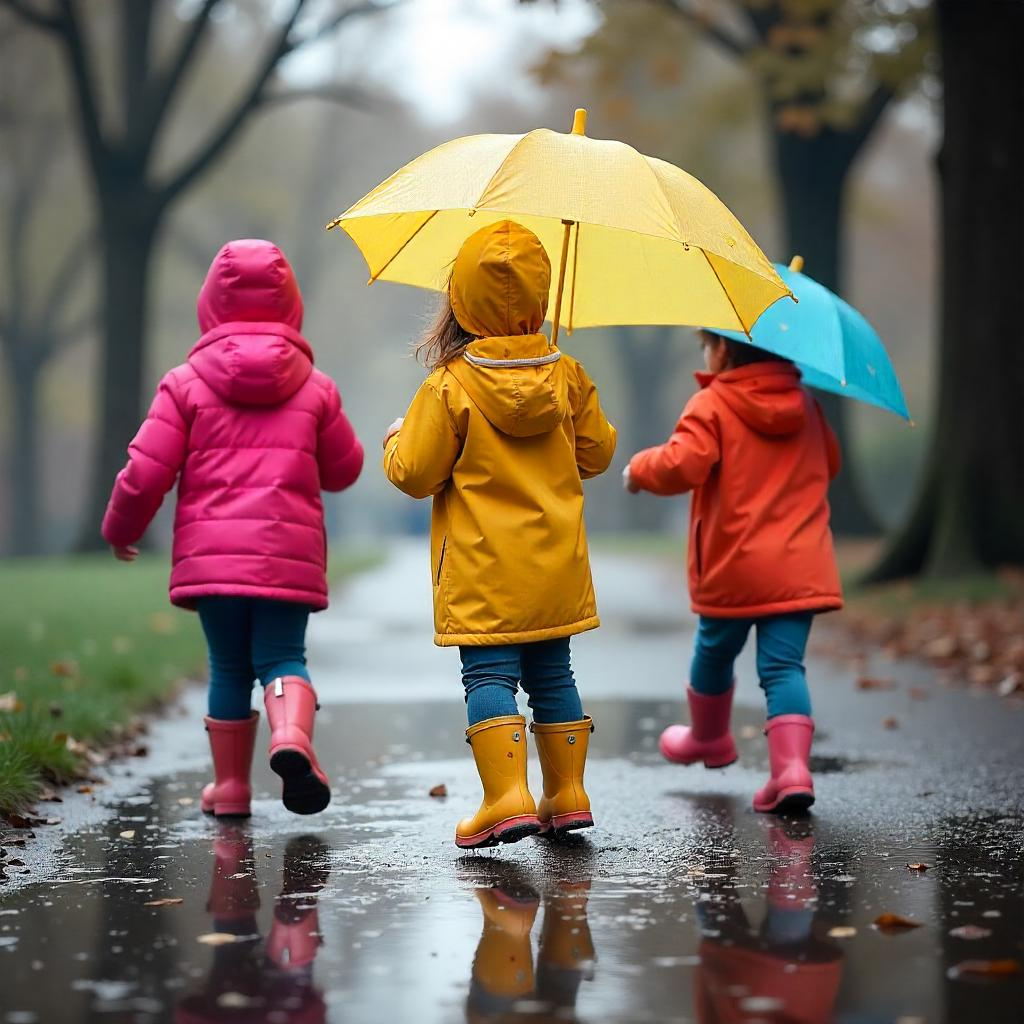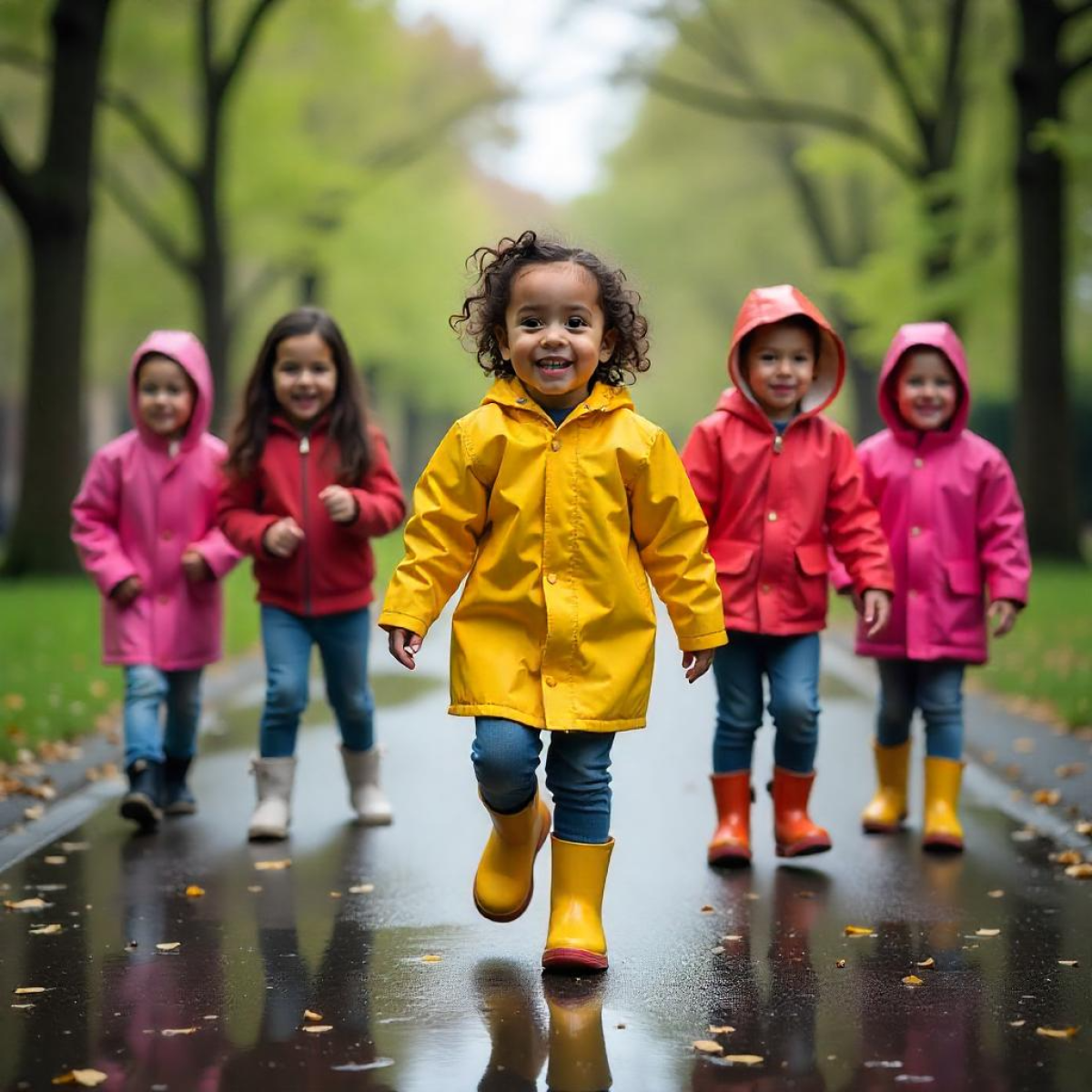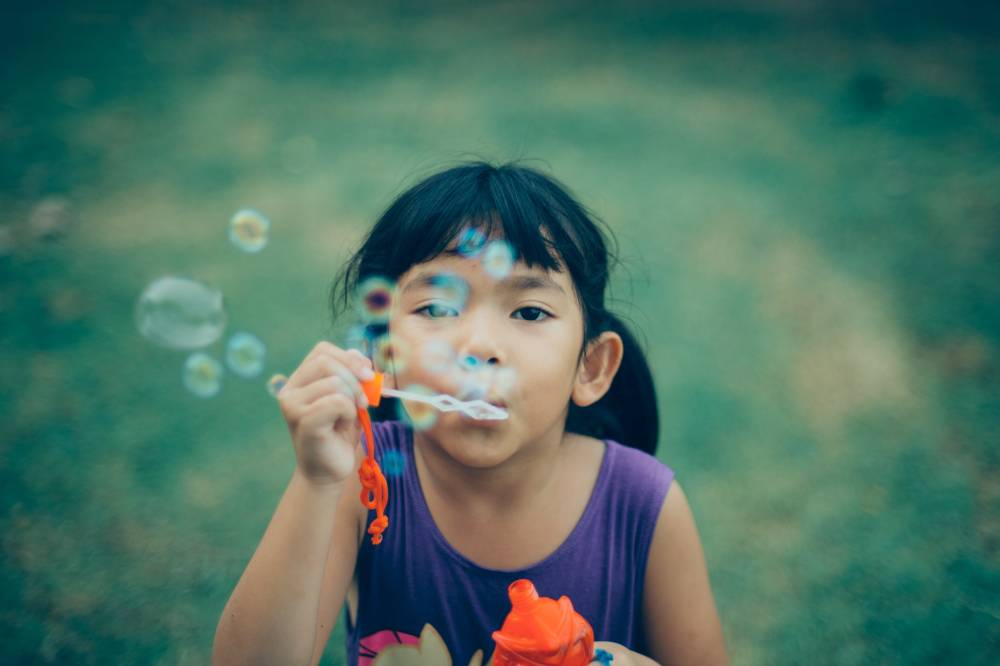As spring arrives, nature begins to change, and so do the weather conditions. This season brings warmer temperatures, but it also comes with strong winds, rainfall, and sudden temperature shifts. For parents and teachers, it’s essential to be prepared for these changes and ensure that children stay healthy and safe during this time. Here are some practical tips to help kids adapt to the changing spring weather:
1. Prepare Their Clothing: Layered Clothing for Unpredictable Weather
One of the most common challenges in spring is the unpredictable shift in temperatures. One day may be warm and sunny, while the next could bring rain or strong winds. The best advice is to dress children in layered clothing that can easily be added or removed depending on the weather. This could include:
- Light jackets that protect against wind and rain.
- Short-sleeve shirts and t-shirts for warmer days.
- Rain gear like umbrellas, rain boots, and special rain pants. This will help keep kids prepared for any sudden changes in the weather.

2. Managing Spring Allergies: How to Protect Kids from Pollen
Another factor that comes with spring is allergies. Pollen from flowers and grass can trigger reactions such as sneezing, coughing, itchy eyes, and a blocked nose. This can be especially problematic for children with a history of allergies. To help protect them:
- Avoid exposure during peak pollen times, typically in the morning or late afternoon.
- Wash hands and face after being outdoors to remove pollen from the skin.
- Keep windows closed and clean your house regularly to reduce the amount of pollen inside.

3. Skin Care: Keeping Kids Protected from the Sun
Although spring brings warmer weather, the sun's rays can still be quite strong, especially during midday. Sun protection is important to prevent sunburn and long-term skin damage. Here are some tips:
- Use sunscreen with a sun protection factor (SPF) of at least 30, and reapply it several times a day.
- Dress kids in hats and lightweight clothing that offer sun protection, especially for their face and neck.
- Avoid direct sun exposure during the hottest hours, typically between 10:00 AM and 4:00 PM.
4. Monitoring Temperature and Hygiene: Maintaining Balance Between Warmth and Cold
Spring temperatures can vary greatly from day to day. Therefore, it’s important to monitor the temperatures and ensure that children aren’t exposed to extreme heat or cold for prolonged periods. Some suggestions include:
- Make sure kids are dressed appropriately for the current temperature.
- Place kids in warm, dry environments when the weather is cold or wet.
- Encourage kids to drink plenty of water to avoid dehydration, especially when it’s hot outside.
5. Outdoor Activities and Physical Movement
Spring is a great time for outdoor activities. After a long winter, children are eager to spend time in the fresh air and engage in physical activities. Regardless of the weather, it’s important to encourage kids to spend time outside and stay active:
- Organize outdoor activities, such as walking, biking, or other games that promote motor skills.
- Make sure kids are protected from rain and sun to avoid infections or sunburn.
- Ensure that kids wear appropriate footwear for outdoor activities and have protection against possible injuries.
The changes in spring weather can present challenges for parents and teachers, but with proper preparation and ongoing care, you can ensure that children stay healthy and safe during this time of year. Simple steps like dressing appropriately, protecting from allergies and the sun, and encouraging outdoor physical activities can make a significant difference in the well-being of your children. Additionally, make sure to monitor sudden weather changes and adjust your actions accordingly to keep them safe and healthy.








